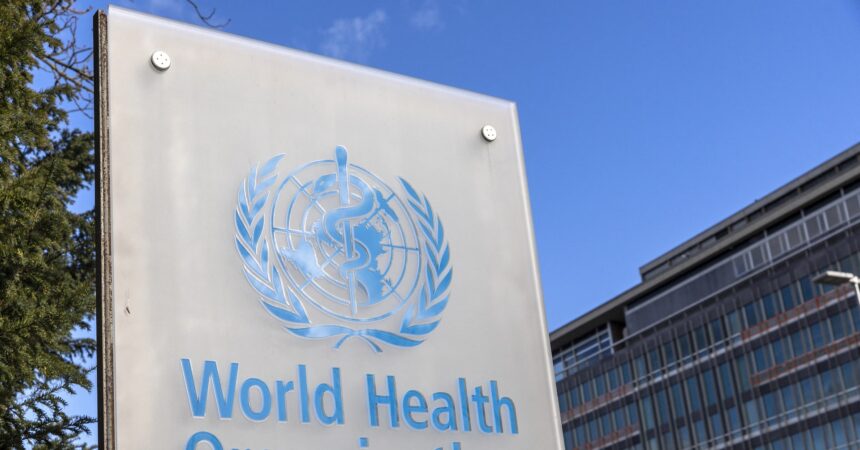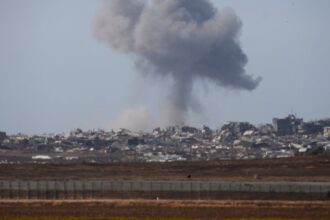In a watershed moment for global health security, World Health Organization members have formally adopted the Pandemic Preparedness Agreement 2025, culminating nearly three years of intensive negotiations that began in the aftermath of COVID-19’s devastating global impact.
The agreement, approved by consensus at the 77th World Health Assembly in Geneva, represents the first legally binding international treaty specifically designed to address pandemic threats since the organization’s founding in 1948. This historic pact aims to correct the catastrophic failures in international cooperation witnessed during the COVID-19 pandemic, which claimed over 7 million lives officially – though excess death estimates suggest the true toll may exceed 20 million.
“Today marks a pivotal moment in our collective journey toward a safer world,” said WHO Director-General Tedros Adhanom Ghebreyesus, visibly emotional during the adoption ceremony. “This agreement embodies our shared commitment to ensure that no community, no country, and no region is left vulnerable when the next pandemic inevitably emerges.”
The treaty establishes concrete mechanisms for early warning systems, equitable vaccine distribution, and coordinated emergency response protocols. Critically, it addresses what many health experts called the most glaring failure of the COVID-19 response: the stark inequities in vaccine access between wealthy and developing nations.
Under the new framework, signatory countries commit to transparency in outbreak reporting, sharing of pathogen samples, and technology transfer to ensure that life-saving vaccines and treatments can be manufactured globally. The agreement also creates a pandemic supply chain and logistics network to prevent the hoarding of essential medical supplies that occurred in 2020.
However, the path to consensus was fraught with geopolitical tensions. Several nations, including the United States and China, successfully advocated for modifications to provisions they viewed as threatening to their sovereignty or intellectual property rights. The final text represents significant compromises from the initial draft proposed in 2023.
“While not perfect, this agreement gives us tools we simply didn’t have before,” noted Canadian Health Minister Jean-Yves Duclos in a statement to CO24. “Had these structures been in place in late 2019, the trajectory of COVID-19 might have been dramatically different.”
Public health analysts at the University of Toronto’s Dalla Lana School of Public Health estimate the agreement could reduce response time to emerging pathogens by up to 60% compared to previous frameworks, potentially saving millions of lives in future outbreaks.
The agreement will now undergo ratification processes in member states, with a targeted implementation date of January 2026. A dedicated oversight committee will monitor compliance and coordinate regular simulation exercises to test readiness.
Critics, including some civil society organizations, have expressed concern that pharmaceutical industry interests were overrepresented during negotiations, potentially weakening provisions for patent waivers during emergencies. Meanwhile, some political commentators worry the treaty grants too much authority to an international body.
As our world becomes increasingly interconnected, with climate change and habitat loss accelerating zoonotic disease emergence, the question remains: Will this new framework prove robust enough to prevent the next potential pandemic, or will national interests once again impede truly effective global cooperation when it matters most?










